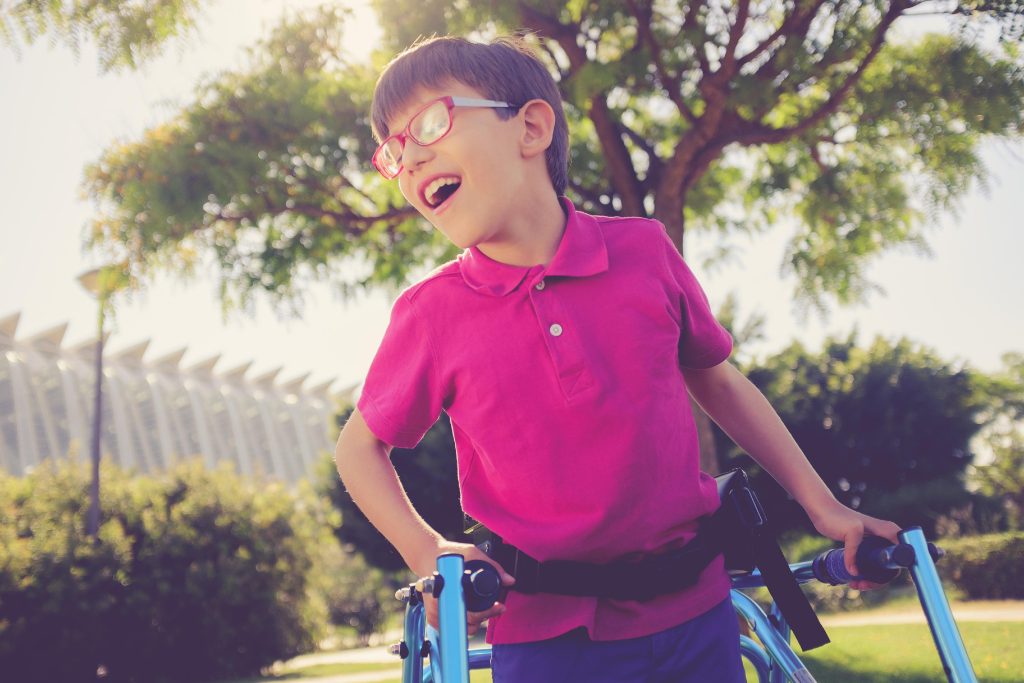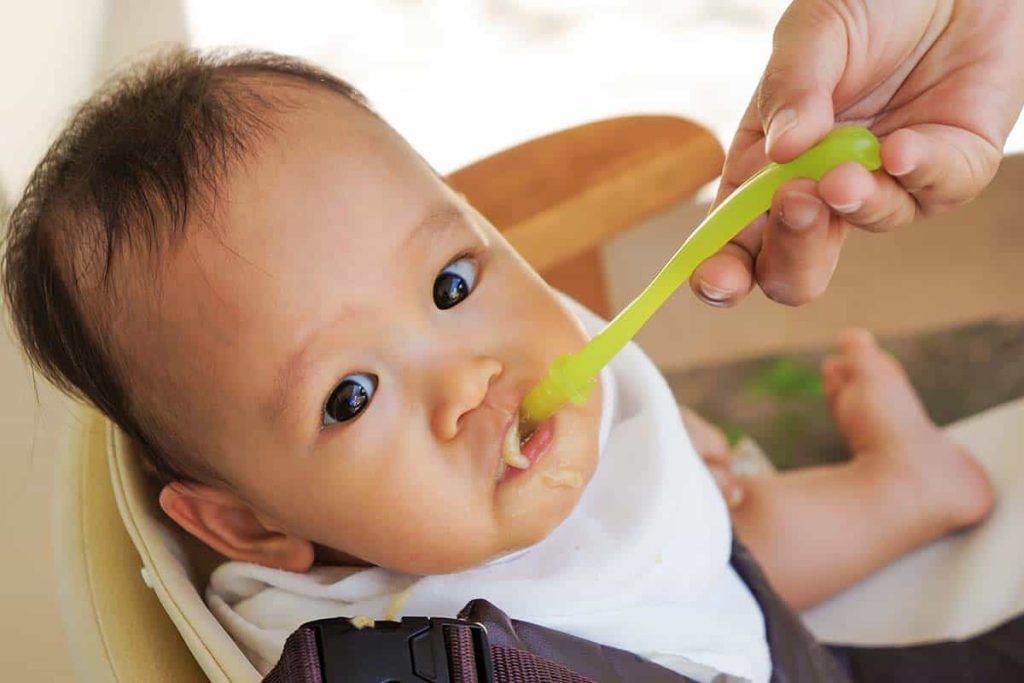Cerebral Palsy
Cerebral Palsy can be classified according to the main type of movement disorder involved – spastic, dyskinetic and ataxic.

Understanding Cerebral Palsy
Cerebral palsy is a group of disorders that affect a person’s movement and posture. It is caused by damage to the developing brain and is the most common physical disability in childhood. For every 1000 live birth, there is an estimate of 1-3 children born with Cerebral Palsy.
Cerebral Palsy can be classified according to the main type of movement disorder involved – spastic, dyskinetic and ataxic. The symptoms of Cerebral Palsy can vary across people because of different severity and different types of movement disorder.

Feeding and Nutrition: What You Need to Know
- Drooling
- Coughing or choking when eating or drinking
- Difficulty chewing
- Food residue in the mouth during mealtime
- Prolonged meal duration
- Poor growth and malnutrition

Ways to support challenges with mealtime and nutrition include
- Adjusting and/or supporting the posture during mealtime
- Modifying food textures and/or fluid consistency
- Pacing feeding
- Therapy to improve and develop oral motor skills
- Diet modification to optimise nutrition
How Cerebral Palsy Affects Speech Development
Children with Cerebral Palsy often present with
- Late talking
- Difficulty understanding instructions
- Difficulty expressing themselves with words
- Unclear speech
People with Cerebral Palsy may also present with cognitive, hearing and/or visual impairment that further increase the challenges in their daily communication.


How we can help
About 30-70% of people with Cerebral Palsy face difficulties with speech and language. Ways to support speech and language development in children with Cerebral Palsy include
- Therapy to improve speech intelligibility (e.g. working on speech volume, production of specific sounds, etc.)
- Therapy to work on understanding and using language (e.g. following instructions, answering questions, having a conversation)
- Use of Augmentative and Alternative Communication (AAC) (e.g. use of pictures, objects, signs, speech generating devices)

Movement and Motor Skill Challenges
Motor impairment is the main feature of Cerebral Palsy. People with Cerebral Palsy can present with
- Abnormal muscle tone (e.g. too stiff, or too floppy)
- Difficulty with balance and coordination
- Decreased strength
- Difficulty with voluntary motor control
Ways to support mobility and coordination include
- Exercises, such as those targeting sitting, walking and hand functions
- Use of assistive devices such as wheelchairs, walkers, braces, splints, specialized feeding utensils, and pencil grips to support daily activities
- A consult with our occupational therapist and physiotherapist will help you understand and better tackle the movement challanges
